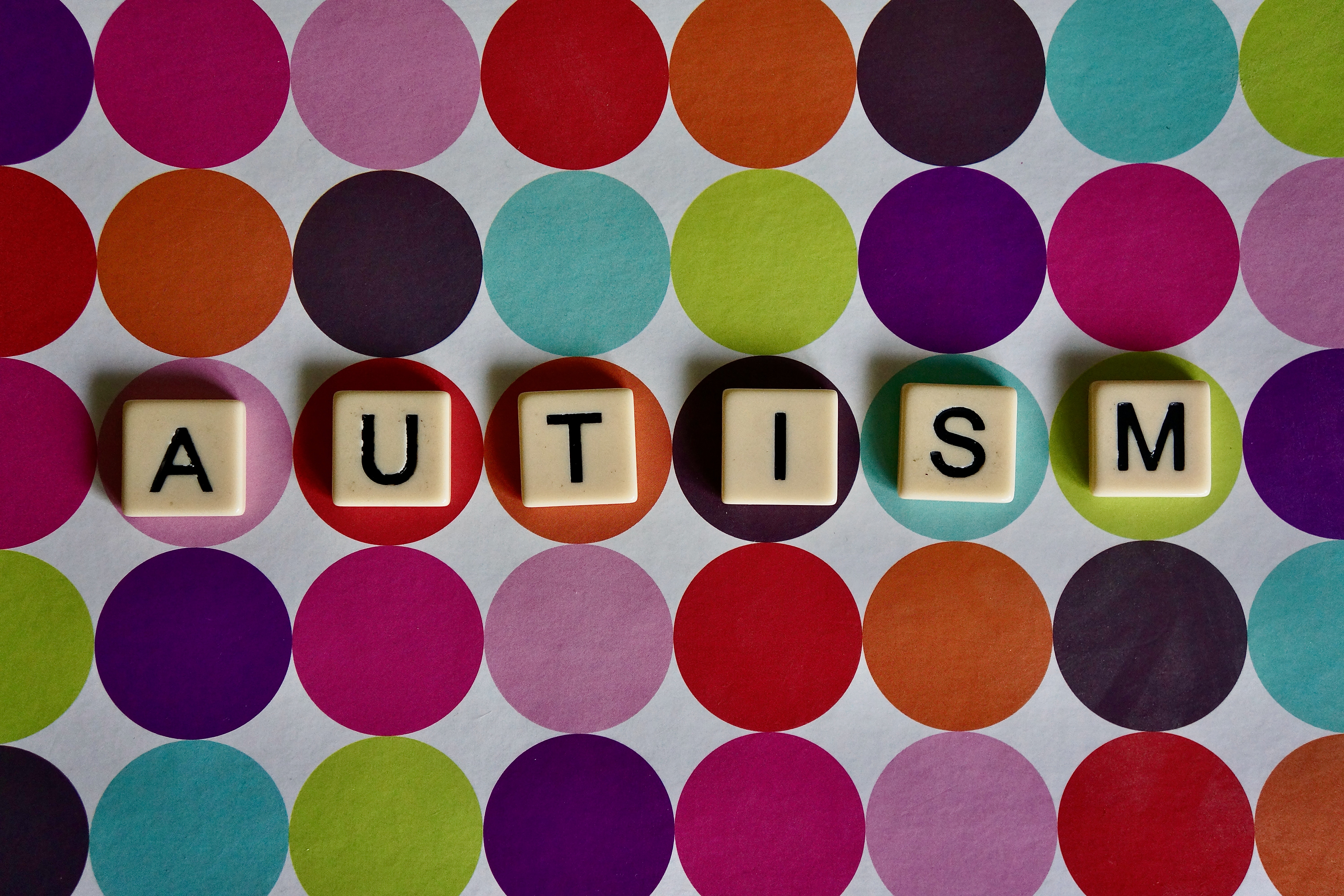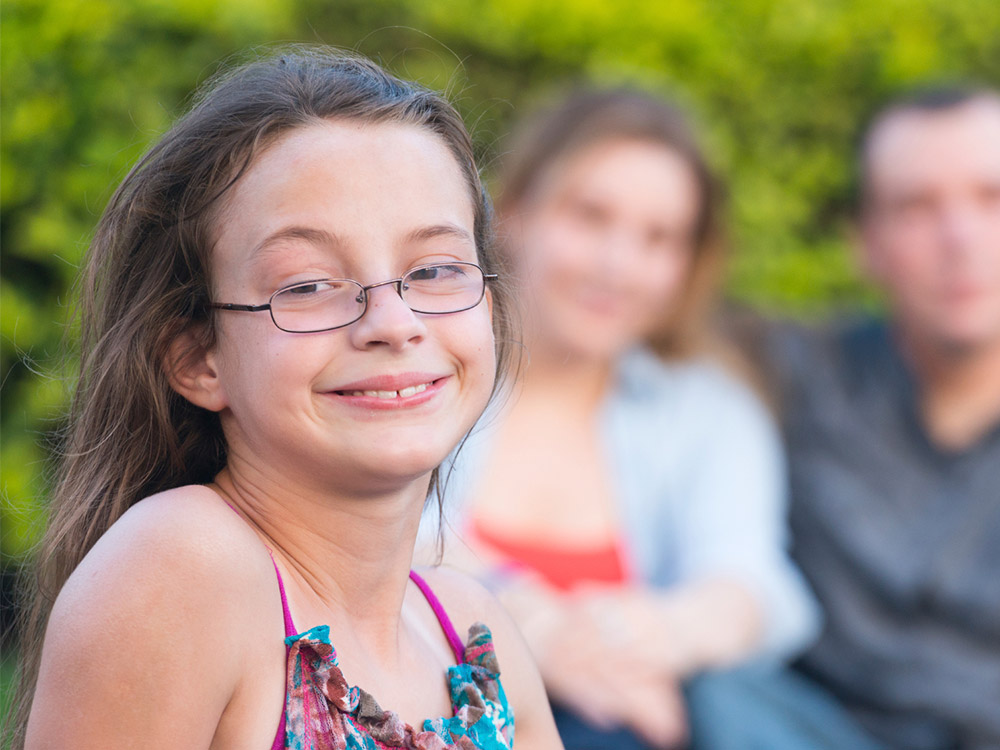Comprehending Autism: A Comprehensive Guide to Signs and signs
Autism Range Disorder (ASD) includes a vast range of characteristics that can dramatically influence an individual's social communications and daily performance. Comprehending these nuances not only aids caregivers and teachers in giving appropriate support but also fosters a more inclusive environment for individuals with ASD.
Summary of Autism Spectrum Condition
Defining Autism Spectrum Problem (ASD) includes identifying it as an intricate neurodevelopmental problem identified by an array of obstacles in social communication, interaction, and behavior patterns. The term "spectrum" reflects the wide irregularity in signs and their intensity, which can differ substantially from one individual to another. ASD usually manifests in very early childhood years, although some individuals might not obtain a medical diagnosis up until later in life.
Variables affecting the advancement of ASD include hereditary tendencies and ecological variables, although the specific causes remain under examination. Medical diagnosis frequently depends on behavioral analyses, as there are no clear-cut clinical examinations for ASD. Early treatment is vital and can considerably improve end results, concentrating on boosting communication abilities, social communications, and flexible behaviors.
People with ASD may additionally exhibit special staminas, such as extraordinary interest to detail or details locations of expertise. Comprehending the complex nature of ASD is vital for fostering an inclusive environment that suits neurodiversity. Proceeded research is essential for establishing efficient interventions and support group, making it possible for individuals with ASD to prosper and satisfy their possible within culture.
Usual Indications of Autism
Recognizing the typical indicators of Autism Spectrum Problem (ASD) is vital for early recognition and treatment. These indications can differ extensively in seriousness and discussion, however particular features are frequently observed in individuals with ASD.
One of the most widespread signs is a marked problem in developing and preserving eye get in touch with. Individuals may likewise show minimal interest in social interactions and show a preference for solitary play.
Sensory sensitivities are also common; people might panic or underreact to sensory stimuli, such as lights, sounds, or textures. autism. Language growth can be irregular, with some kids displaying delayed speech or using language in unusual means, including echolalia-- repeating expressions or sentences listened to in other places
It is necessary to keep in mind that not every individual with ASD will certainly display all these indicators, and the degree of these actions can differ considerably. Early acknowledgment permits for timely assistance and sources, enhancing the lifestyle for those on the range.
Social Communication Obstacles
Social interaction obstacles are a characteristic of Autism Spectrum Disorder (ASD), impacting an individual's ability to involve effectively with others. These troubles can materialize in numerous methods, consisting of difficulties in initiating and preserving discussions, understanding social signs, and responding suitably in social interactions.
People with ASD might deal with nonverbal interaction, such as eye contact, faces, and body movement. This can result in misunderstandings, as their communicative intent might not be properly analyzed by others. Moreover, they may find it difficult to grasp the subtleties of tone and context, which are vital for effective interaction.
In team setups, individuals with ASD may feel overwhelmed and may not recognize how to join in conversations (autism). They could additionally display irregular conversational patterns, such as monologuing concerning particular rate of interests without identifying social reciprocity
Furthermore, these challenges can result in social isolation or problems in creating relationships, as peers might misinterpret their behavior or interaction style. Comprehending these social communication challenges is critical for fostering supportive environments that promote social skills advancement and improve the top quality of communications for people on the autism range.
Sensory Responses and level of sensitivities
Many individuals with Autism Spectrum Condition (ASD) experience heightened sensory level of sensitivities that can significantly influence their lives. These level of sensitivities may materialize as over-responsiveness or under-responsiveness to sensory stimulations, including sounds, lights, textures, preferences, and smells. For example, an individual with ASD may locate everyday sounds, such as a vacuum or crowded atmospheres, overwhelmingly traumatic, causing stress and anxiety or crises. Conversely, some may display an indifference to discomfort or extreme temperatures, which can present security worries.
Sensory handling distinctions in people with ASD can additionally affect their ability to participate in social communications and regular tasks. A child who is why not try this out delicate to touch might resist physical love or prevent certain apparel materials. A preference for specific appearances or preferences can limit dietary options and develop challenges during mealtimes.
Understanding these sensory sensitivities is necessary for acknowledging the unique experiences of individuals with ASD. Awareness of their sensory profiles can cultivate much better interaction and support strategies, developing an atmosphere that fits their needs and boosts their top quality of life. Ultimately, acknowledging sensory level of sensitivities is a vital component of understanding the wider range of autism.

Supporting People With Autism
Reliable assistance for individuals with Autism Range Condition (ASD) is essential for boosting their important source general well-being and cultivating freedom. Assistance methods must be tailored to meet the special needs of each person, considering their strengths and obstacles.

Social abilities training can additionally play a pivotal role. autism. Involving individuals in team activities or role-playing situations can enhance their capacity to navigate social communications. In addition, it is vital to educate member of the family, caregivers, and peers about ASD to foster a helpful and comprehensive area
Verdict
To conclude, a comprehensive understanding of Autism Spectrum Problem is important for identifying its signs and indications. Early identification of common attributes, such as social interaction challenges and sensory sensitivities, allows educators and caretakers to carry out effective treatments. By cultivating enhanced communication and social abilities, people with autism can navigate their environments a lot more efficiently. Inevitably, increased understanding and support can dramatically boost the lifestyle for those impacted by ASD.
Autism Spectrum Disorder (ASD) includes a broad array of qualities that can significantly affect an individual's social interactions and everyday functioning.People with ASD may battle with nonverbal communication, such as eye contact, face expressions, and body language.Numerous people with Autism Range Problem (ASD) check out here experience increased sensory level of sensitivities that can considerably influence their daily lives.Sensory handling distinctions in people with ASD can also influence their ability to engage in social communications and regular tasks.Comprehending these sensory level of sensitivities is crucial for acknowledging the one-of-a-kind experiences of individuals with ASD.